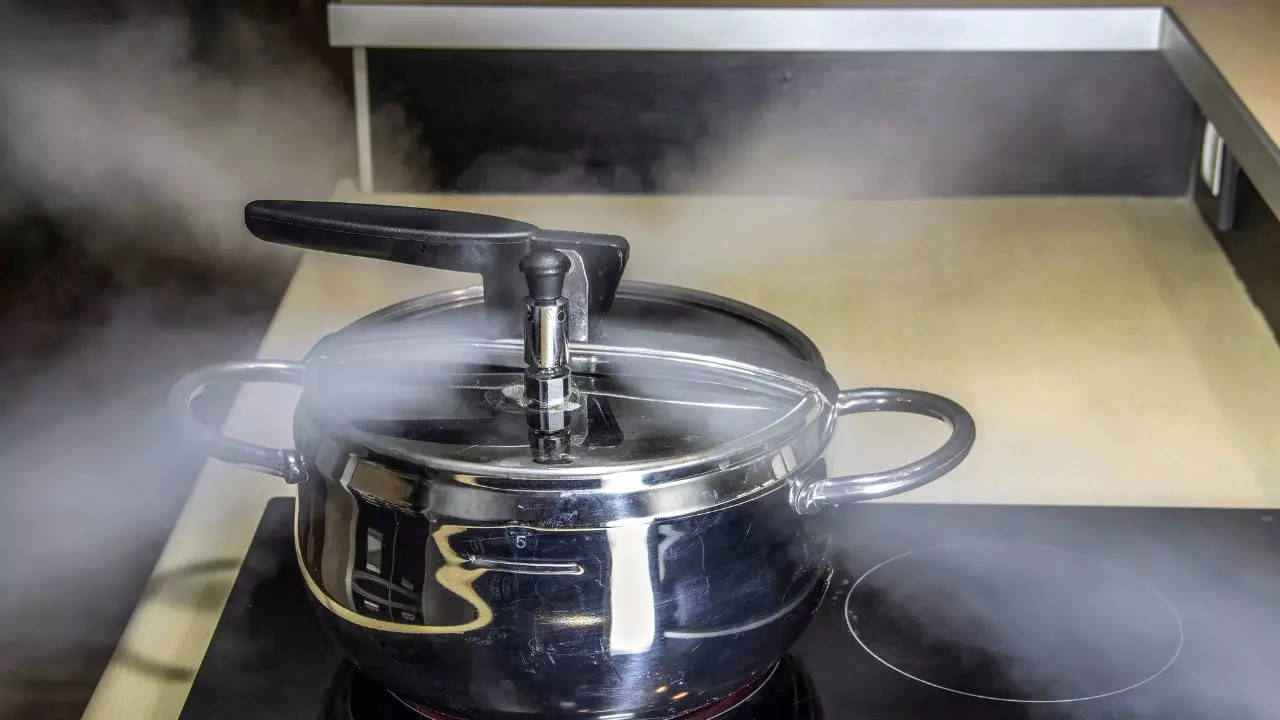Imagine effortlessly preparing a delightful bowl of noodles, cooked to perfection in less time than ever before. It’s entirely possible by learning how to cook noodles in a pressure cooker. This method not only enhances flavors but also cuts down cooking time, making it a favorite amongst home chefs around the globe.

Getting Started: The Basics
For enthusiasts of quick meals, the pressure cooker is a fantastic tool. Cooking noodles in it requires an understanding of a few fundamental techniques. Primarily, the appropriate water-to-noodle ratio is crucial. Unlike traditional boiling, the sealed environment within the pressure cooker ensures intense heat, rapidly cooking the noodles to beauty. There’s a fine dance of balancing this harmony to prevent sogginess or undercooking.
Understanding the Science
The pressure cooker utilizes steam pressure, significantly increasing the boiling point of water, which contributes to faster cooking. This means that the noodles absorb the flavors more profoundly and uniformly. Armed with this knowledge, you can customize your noodle preparation to suit any palate. From classic spaghetti to Asian ramen, the adaptability of this method is boundless.
Ingredients
- 200g noodles of your choice
- 2 cups of water or broth
- 1 tablespoon olive oil
- Salt and pepper to taste
- Your favorite vegetables and proteins (optional)
Step-by-Step Cooking Instructions
Preparation
Begin by gathering all your ingredients and ensuring your pressure cooker is clean and ready for use. Check the seal and make sure its correctly placed to avoid any mishaps during cooking. Sometimes, preparation involves cutting vegetables or preparing proteins which will complement your noodles wonderfully.
Cooking the Noodles
Start by adding the noodles and water (or broth) to the pressure cooker. Incorporate the olive oil, and adjust with salt and pepper to your liking. If youre adding vegetables or proteins, this is the stage to mix them in. Seal the lid securely and set the cooker to high pressure. Generally, noodles require a cooking time of 4-5 minutes, but this can vary depending on the noodle type.
Final Touches
Once the cooking time is complete, allow the pressure cooker to release naturally for about 5-10 minutes. Carefully release any remaining pressure using the quick-release method, and remove the lid with caution. Stir the noodles gently to combine the flavors. Add garnishes such as fresh herbs or a sprinkle of cheese for an extra touch of flavor.
Expert Tips for Perfect Noodles
To elevate your noodle game, experiment with flavored broths, such as chicken or vegetable. Variations in seasoning can also add a new dimension to the dish. Start simple but feel free to explore combinations that excite your taste buds. Cooking times vary with noodle thickness, so consider this when adjusting for different noodle types. Also, consider checking rice cooking tips for additional insights that might assist with different ingredients.
Why Choose a Pressure Cooker?
There are several advantages to using a pressure cooker. Beyond saving time, it is an eco-friendly cooking method that conserves energy. Additionally, fewer nutrients are lost in the cooking process compared to traditional stovetop methods. A pressure cooker is versatile and can be used for a wide range of recipes, not just limited to noodles.
If you’re interested in branching out and discovering new culinary applications, consider exploring the use of a pressure cooker for different ingredients. For example, check out these exciting pressure cooker recipes to broaden your kitchen repertoire.

Experiment & Enjoy
Successfully mastering how to cook noodles in a pressure cooker opens a world of culinary possibilities. With the ability to control flavors and textures, your meals can become as unique and varied as you desire. So why not add this method to your culinary toolkit and enjoy the benefits of a creative and efficient cooking style?
For more cooking tips and ideas, you can check out insights on pressure cooking other ingredients and enhance your cooking experience further.
This article contains affiliate links. We may earn a commission at no extra cost to you.



